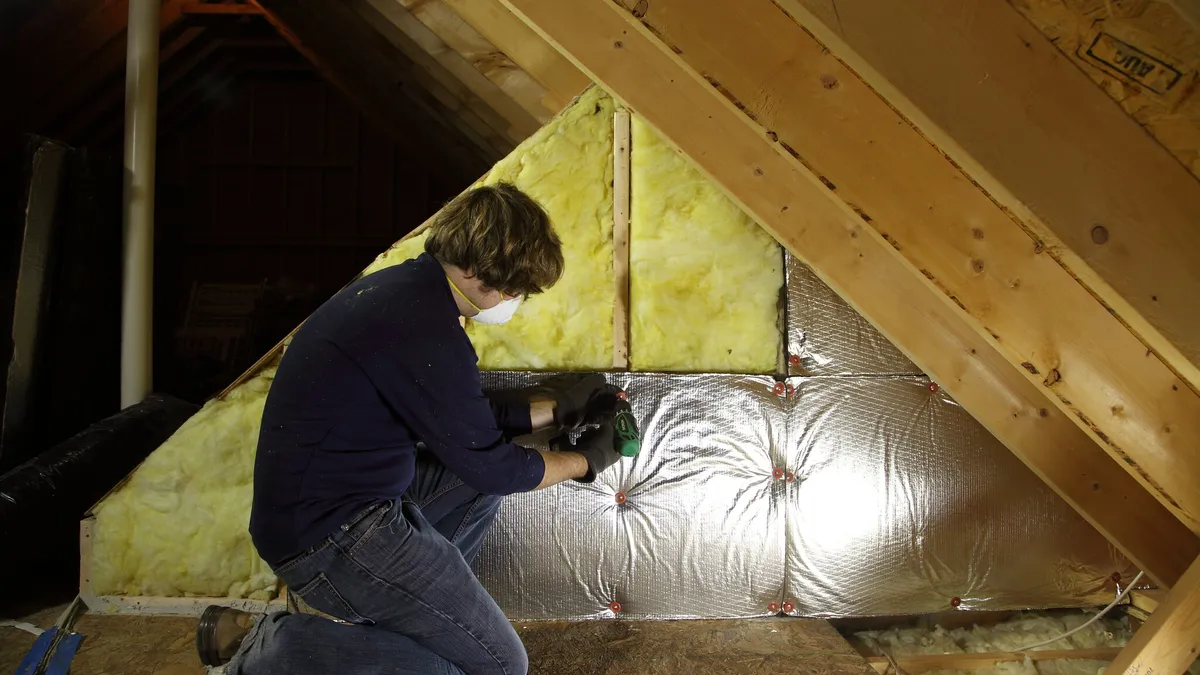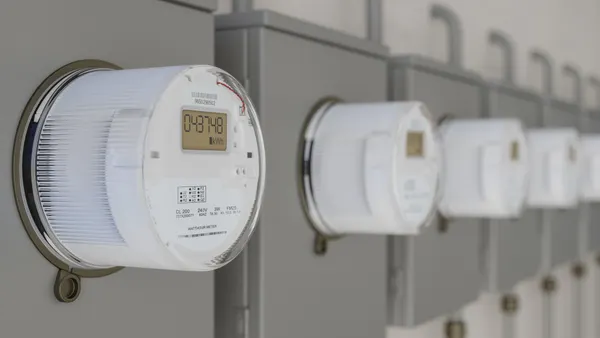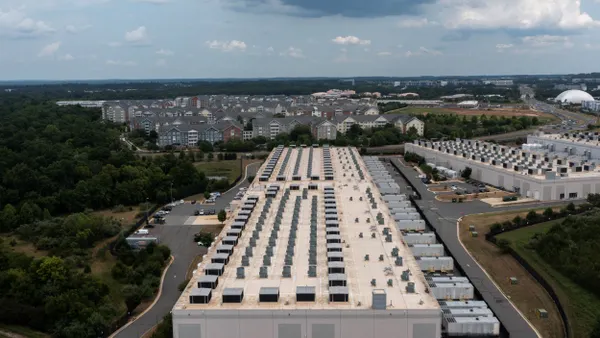About 27.5% of U.S. households qualify to participate in low-income energy efficiency programs, yet they benefit from just 13% of electric and gas utility efficiency spending, according to a report published Friday by the American Council for an Energy-Efficient Economy.
Despite the disparity, ACEEE says utility spending on income-qualified customers is on the rise. The report evaluates data from 75 utilities and shows, after accounting for inflation, that electric utility spending on low-income efficiency programs grew 8% from 2015 to 2019, to an average of $9.6 million. Average gas utility spending grew to $14.4 million annually from $7.6 million.
“Things are definitely moving in a positive direction,” said Steven Nadel, ACEEE executive director and coauthor of the report. “Yes, it's improving, but there's a lot of work to do.”
ACEEE's report calls for efficiency programs to reach all eligible low-income households with comprehensive energy upgrades over the next 20 years.
“Utilities and Public Service Commissions in some combination need to commit to spending more of their budget [on low-income efficiency] — or more total, as opposed to taking it away from someone else,” Nadel said.
One challenge is that the types of investments required to improve low-income homes can be expensive. “The houses are often substandard,” Nadel said. “There's often repair worked needed before you can install the insulation.”
About one in six American families are behind on their utility bills and in total owe more $16 billion as of August, according to the National Energy Assistance Directors Association. The figure has roughly doubled since the beginning of the Covid-19 pandemic, according to the group.
Energy justice advocates say the global pandemic has played a major role in getting utilities and regulators to focus more on energy equity and the electricity affordability crisis. The data in ACEEE’s report looks through 2019, but Nadel said he expects the trend in increased low-income efficiency spending will continue.
ACEEE is gathering data for a follow-up assessment of low-income efficiency spending, said Nadel, and expects to release its next report in the second half of 2023.














